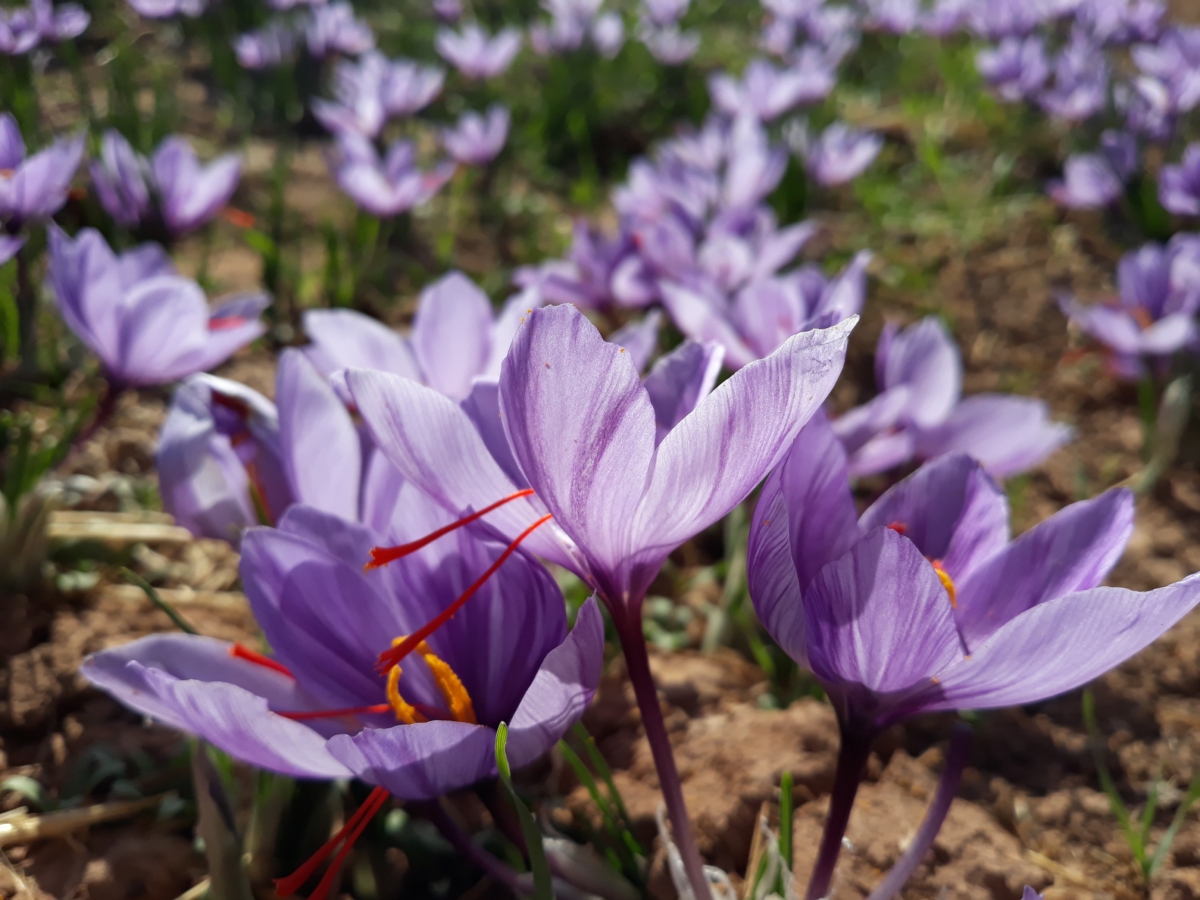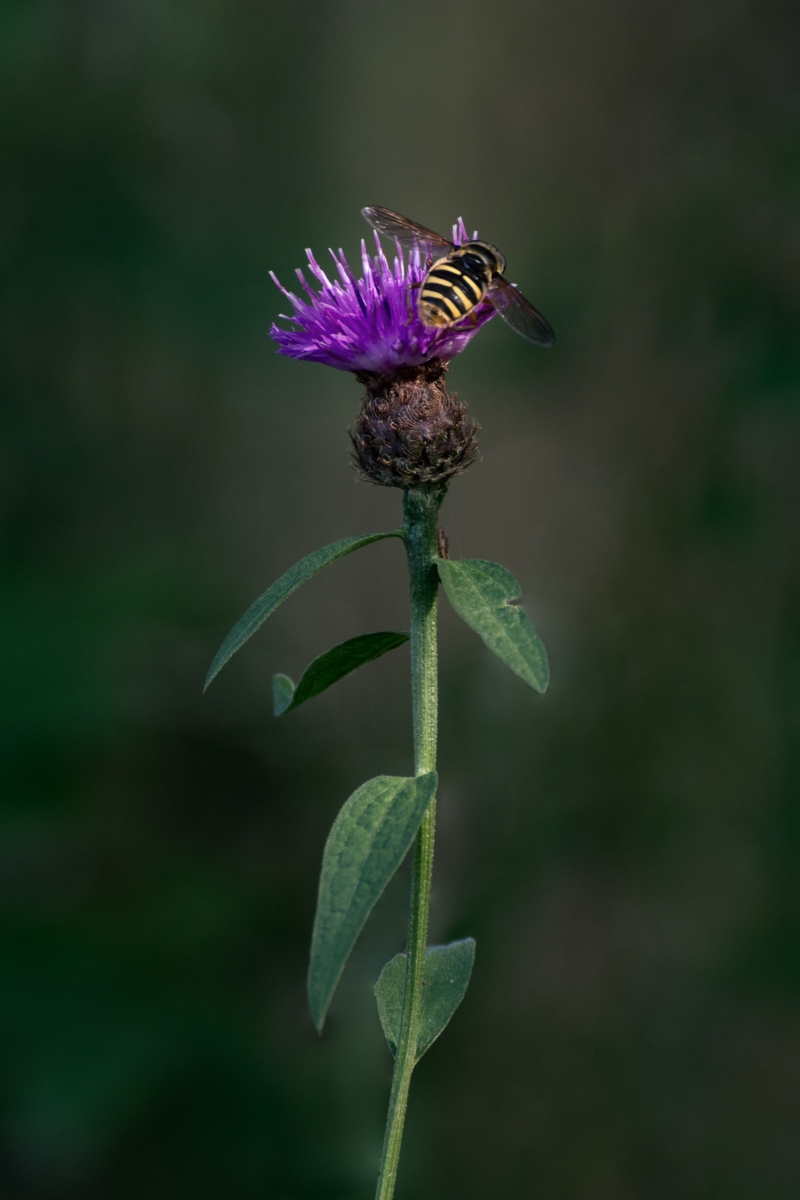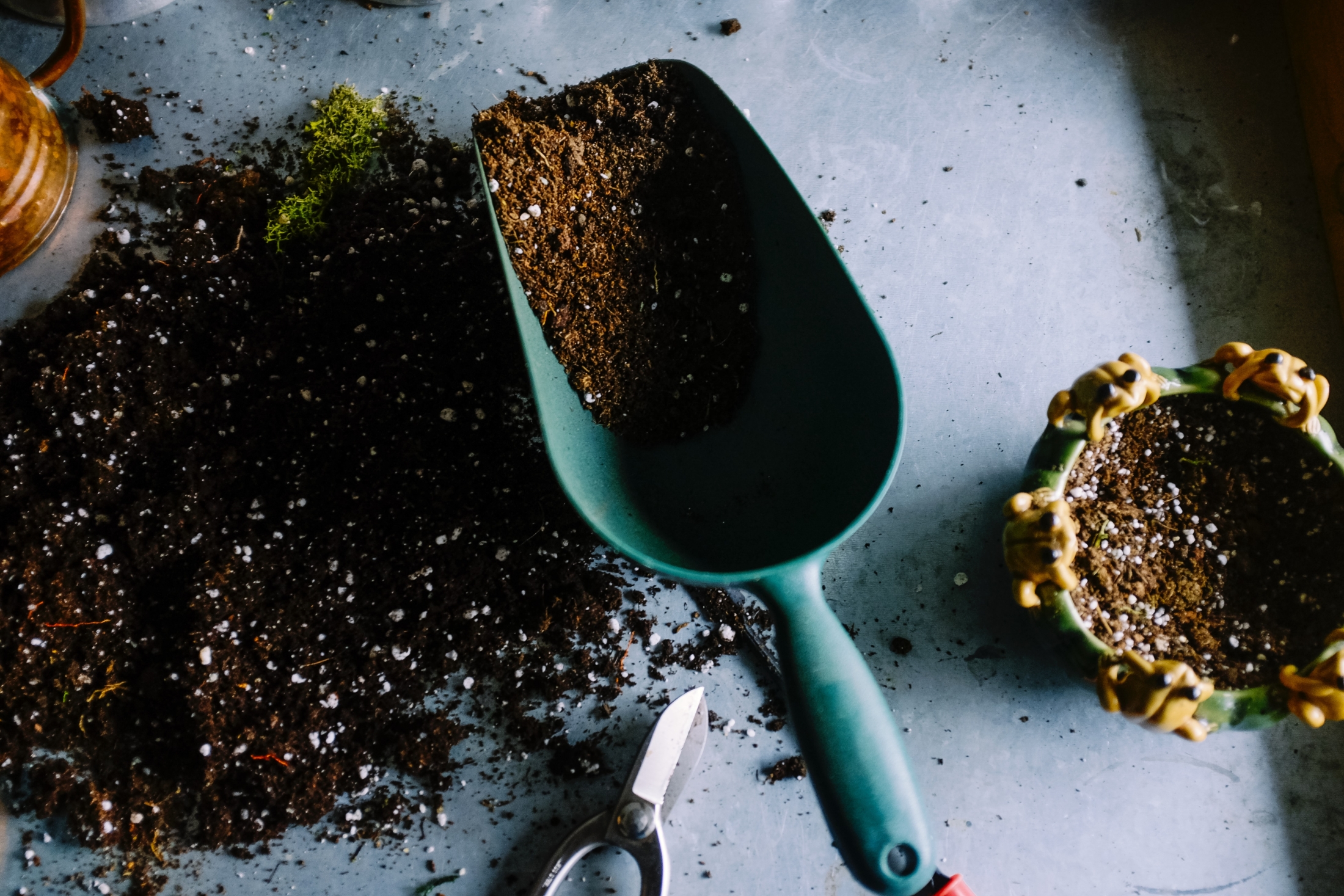
As the warm embrace of summer gradually gives way to the crisp breath of autumn, it’s time to shift our gardening focus towards preparing for the colder months ahead. In the UK, where the seasonal transitions can be particularly distinct, a little extra care can make all the difference. Let’s dive into the essential steps to ensure your garden’s health and vitality as we move into the enchanting but challenging seasons of autumn and winter.
1. Clearing and Tidying
Begin by clearing away any spent annuals, weeds, and debris that have accumulated over the summer. Trim back faded or overgrown perennials, leaving only healthy growth. Don’t forget to give your garden tools a good clean and sharpen, ensuring they’re in top shape for the tasks ahead.
2. Soil Care
Healthy soil is the cornerstone of a thriving garden. Conduct a soil test to assess nutrient levels and pH, and amend as needed. Incorporate well-rotted compost or organic matter to replenish nutrients and improve soil structure. This is also an excellent time to add a slow-release fertiliser to nourish your plants through the winter months.
3. Mulching Magic
Mulching is a gardener’s secret weapon, especially in colder climates. Apply a layer of organic mulch, such as straw, compost, or well-rotted leaves, around the base of your plants. This provides insulation against temperature fluctuations, suppresses weeds, and conserves soil moisture.
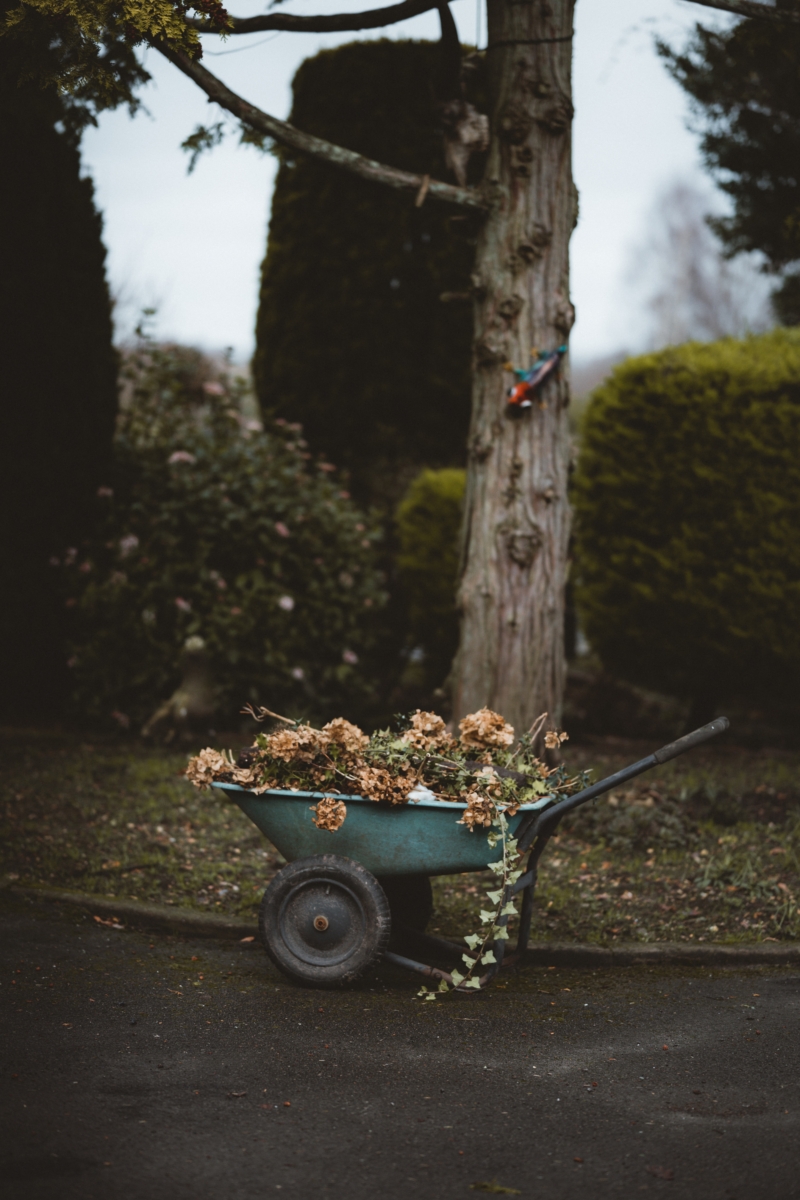
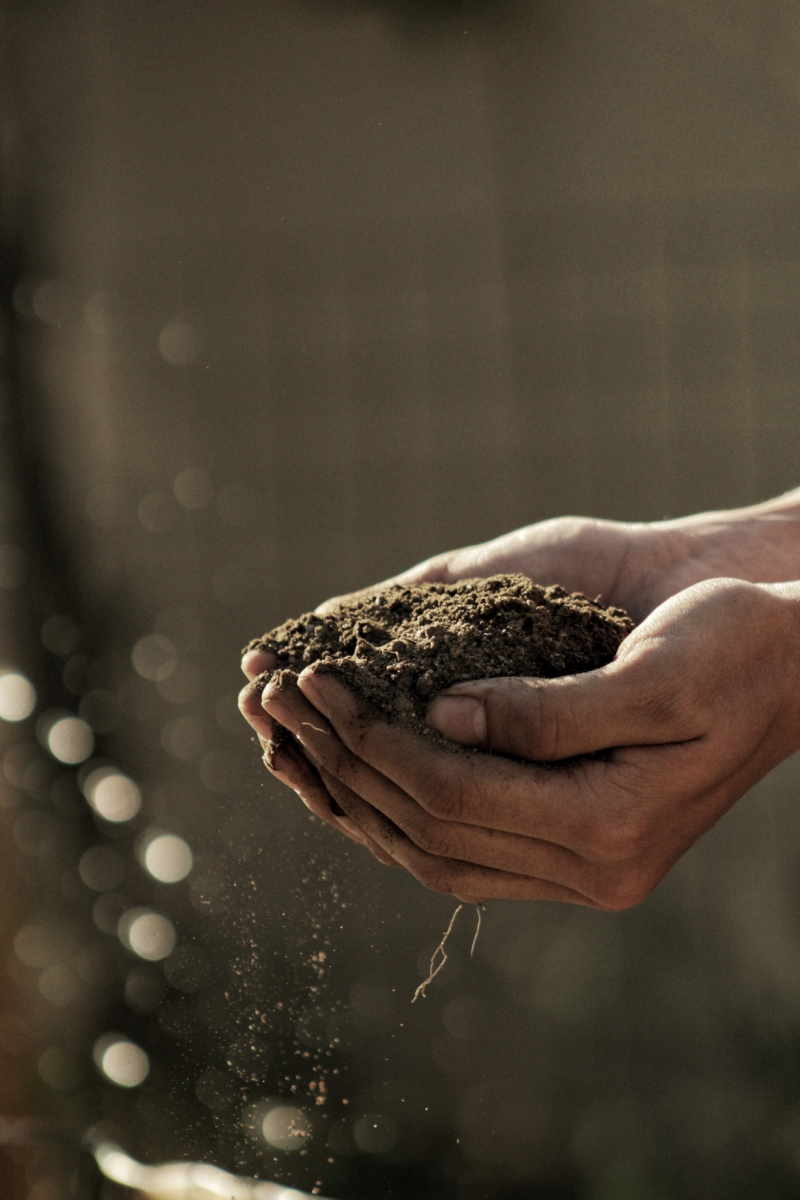
4. Protecting Tender Plants
For more delicate or borderline hardy plants, consider providing extra protection. This could be in the form of fleece covers, cloches, or even relocating potted plants to a sheltered spot. Be attentive to weather forecasts and act promptly to shield your garden from sudden frost or cold snaps.
5. Selecting Cover Crops
Cover crops not only protect soil from erosion and nutrient loss but also enhance its structure and fertility. Consider sowing green manures like clover or rye in areas of your garden that will remain unused over the winter. Come spring, simply turn them into the soil to enrich it for the new growing season.
6. Pruning and Shaping
Late summer to early autumn is an ideal time for light pruning and shaping of trees and shrubs. Remove dead or diseased branches, and encourage healthy growth by trimming for shape and structure. Be cautious not to over-prune, as plants need some growth for energy storage over winter.
7. Focus on Fall Planting
While spring might be the traditional planting season, there are many plants that actually prefer to be planted in the fall. Trees, shrubs, and certain perennials establish strong root systems during the cooler months, giving them a head start come spring. Check with local nurseries for suitable options.
Transitioning your garden for fall and winter ensures that it remains a vibrant and thriving space, even as the days grow shorter and colder. With a little foresight and care, your garden will emerge from its winter slumber ready to burst forth in all its glory when spring arrives once again

